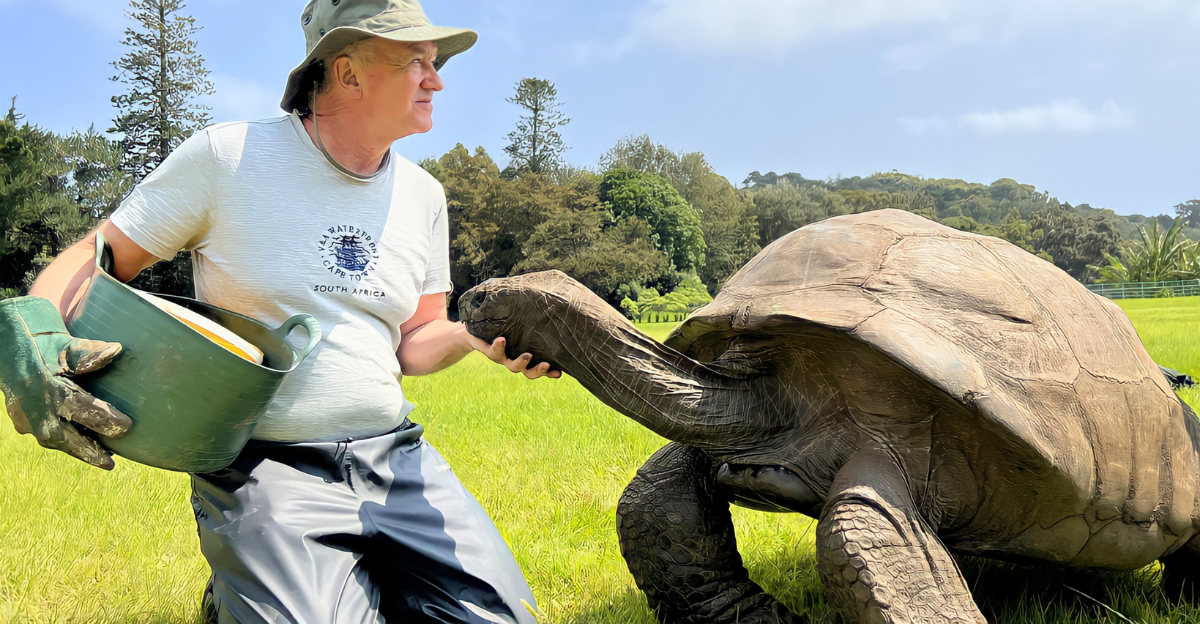
Which creatures can outlast every human invention, dynasty, and civilization? Meet the true champions of longevity. Some of the planet’s oldest beings are swimming oceans and roaming wild lands, quietly amassing lifespans that boggle the mind.
While humans celebrate centenarians, these animals routinely eclipse that milestone, revealing secrets of endurance that science is only beginning to understand. From deep-sea sponges older than pyramids to mammals outliving generations, nature’s clock ticks differently.
Exploring these species is not just curiosity; it’s a journey into resilience, evolution, and life’s remarkable capacity to endure beyond imagination.
Countdown to Immortality

The animal kingdom is home to secret longevity stars, from Arctic depths to tropical reefs. Humans can barely dream of their lifespans. What allows these creatures to survive centuries, often unscathed by disease or stress? Scientists study them for clues, uncovering slow-motion lives, weird adaptations, and evolutionary strategies that challenge our understanding of aging.
In this countdown, we will meet species that live longer than empires, highlighting their unique biology, environmental advantages, and astonishing life stories. Each represents a different path to survival, a living testament to the power of patience, protection, and the natural rhythms of life.
1. The Immortal Jellyfish
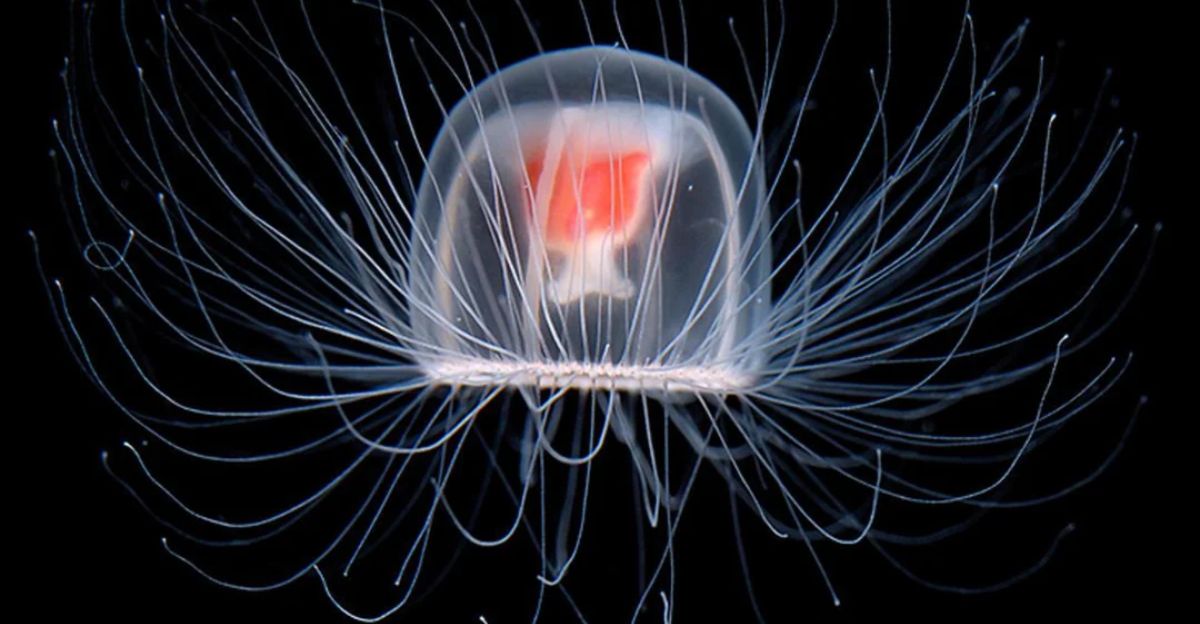
Turritopsis dohrnii, nicknamed the “immortal jellyfish,” can reverse aging by transforming adult cells back into juveniles—a process called transdifferentiation. Laboratory studies have observed individuals repeatedly restarting their life cycle, theoretically making them biologically immortal. While predators or disease can still end their lives, aging does not.
Imagine a world where humans could revert to childhood at will. Scientists see the jellyfish as a natural model for cellular regeneration, offering insights into longevity and resilience. Its tiny, translucent body hides one of nature’s most extraordinary survival strategies: living beyond the conventional limits of time.
2. Antarctic Glass Sponge
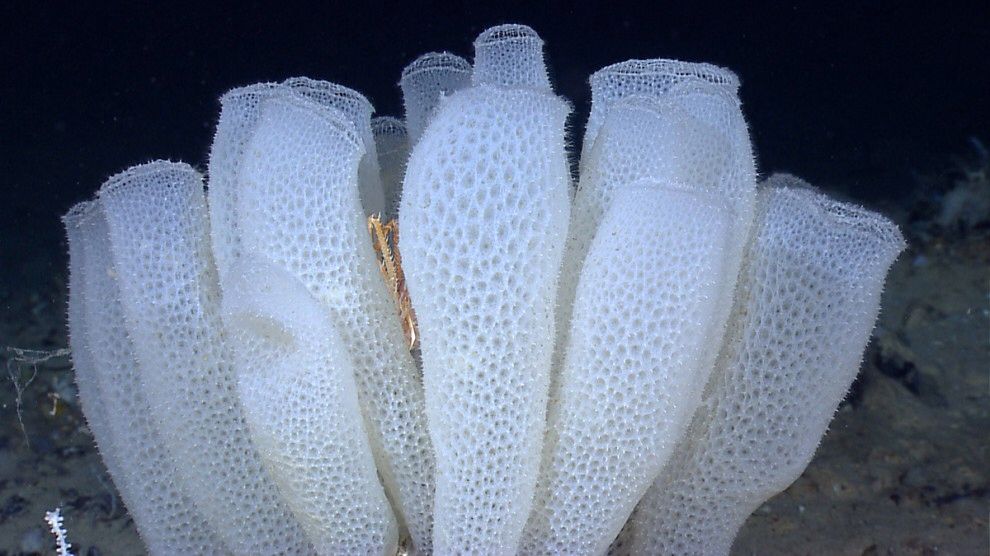
Deep in Antarctica, glass sponges—Class Hexactinellida—can live for thousands of years, some estimates exceeding 15,000, according to a Reiswig study. Anchored to icy seafloors, they endure extreme cold and pressure while filtering nutrients for centuries.
These silent sentinels existed before civilization, providing a link to prehistoric oceans. Their skeletal remains allow scientists to study ancient climates and marine ecosystems. By observing these slow-growing organisms, researchers learn how longevity can stem from stability, minimal predation, and a life paced in geological time.
3. Ocean Quahog Clam
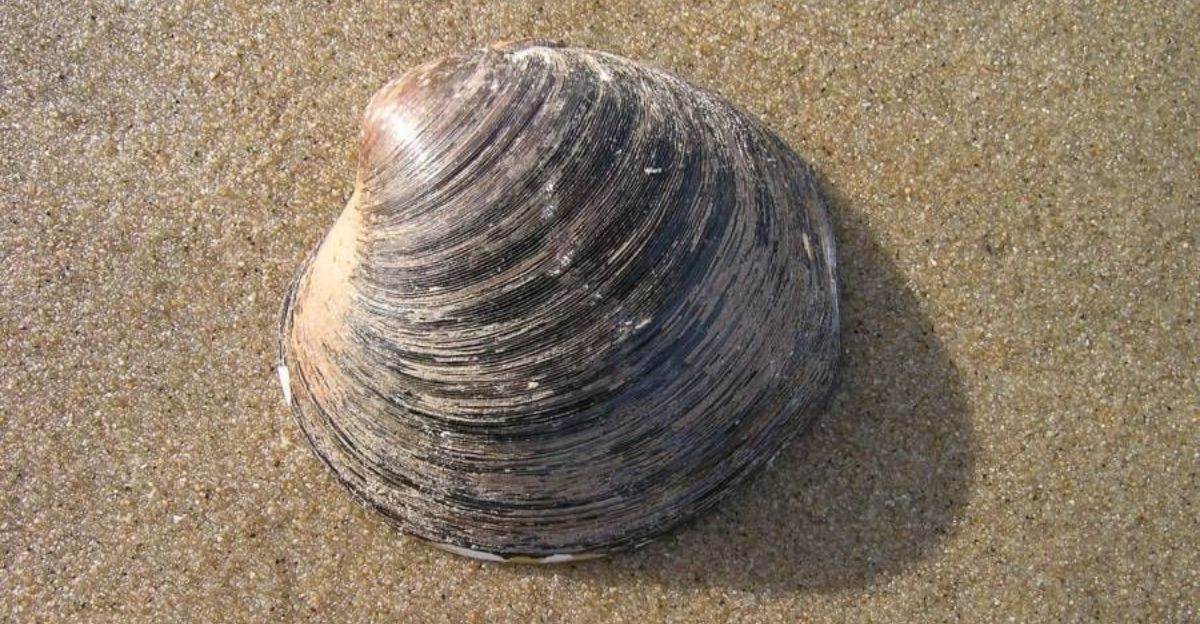
Arctica islandica, the ocean quahog clam, reaches up to 507 years, making it one of the planet’s oldest known animals. One clam, dubbed “Ming” after the Chinese dynasty during its birth, became a scientific symbol of extreme longevity.
These clams grow slowly, repair DNA efficiently, and survive low-stress environments in deep Atlantic waters. Their shells record yearly like tree rings, chronicling centuries of storms, seasonal changes, and environmental shifts.
Studying quahogs helps scientists understand aging at the cellular level, offering lessons in durability, metabolic efficiency, and survival strategies spanning half a millennium.
4. Greenland Shark
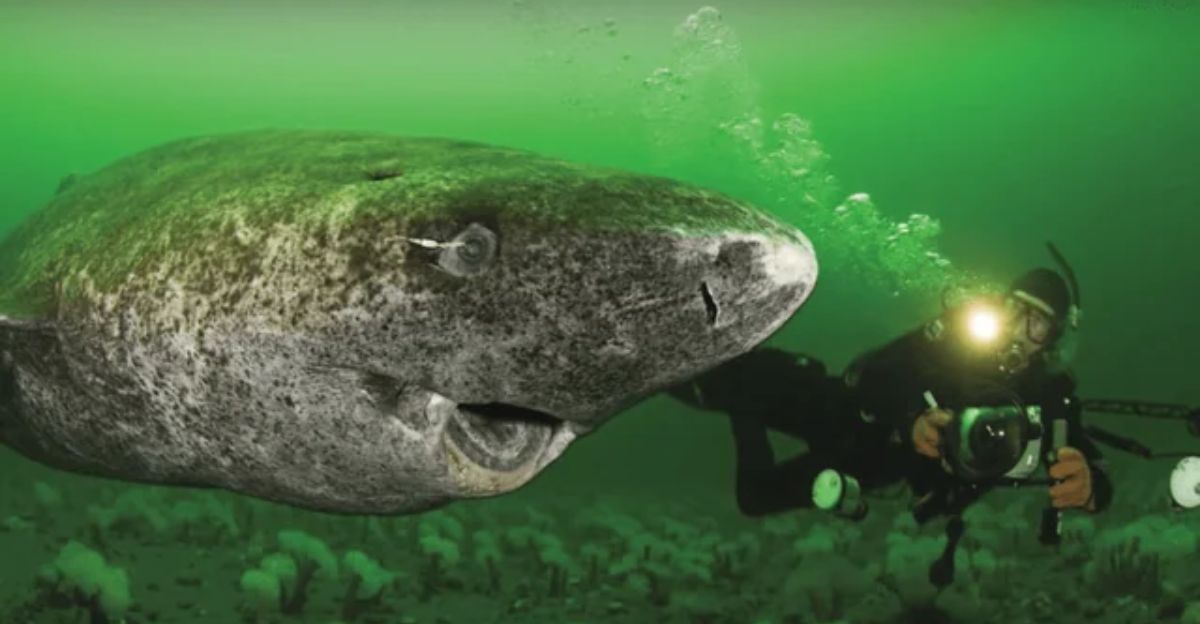
The Greenland shark (Somniosus microcephalus) drifts through Arctic waters for 400 years or more. According to a 2016 Nielsen study, females mature at around 150 years. Their slow metabolism and frigid, deep-sea habitat are natural anti-aging factors, minimizing cellular wear.
Some Greenland sharks alive today could have witnessed early European explorations of the Atlantic. Researchers study their longevity for insights into aging in extreme conditions, hoping to unlock biological mechanisms behind centuries-long survival.
These sharks demonstrate that in nature, time can stretch far beyond human expectations when life slows down and environments shield organisms from stress.
5. Bowhead Whale
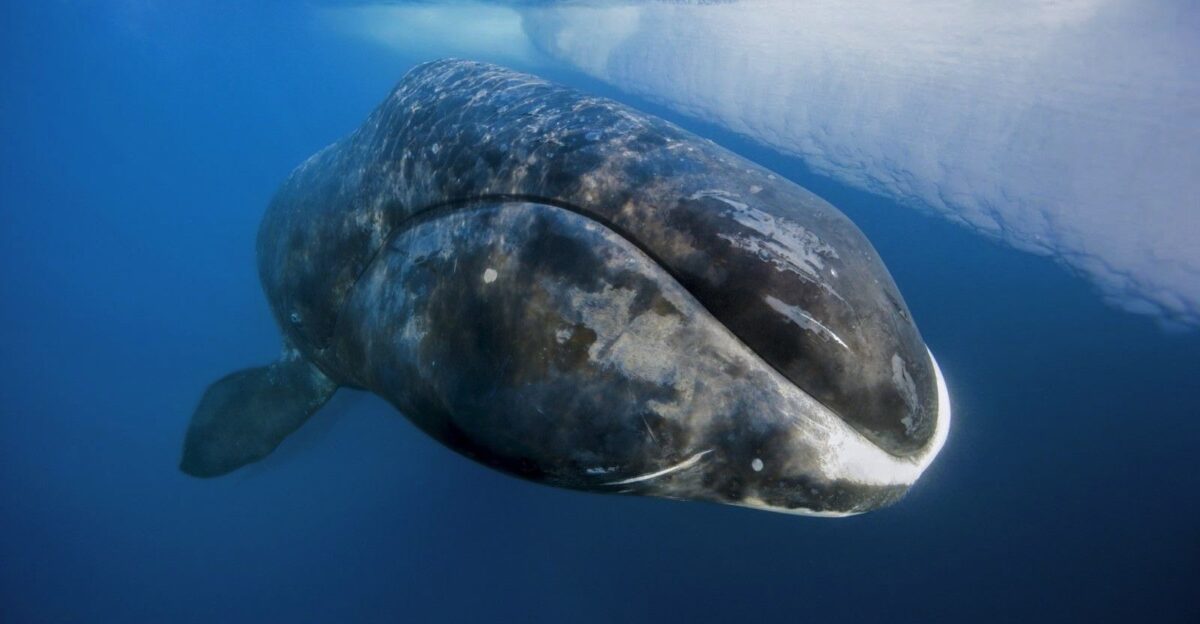
Bowhead whales hold the mammalian longevity record, living up to 211 years. Scientists have discovered harpoons in living whales that date back centuries, evidence of survival through eras. Their extraordinary DNA repair, slow growth, and adaptation to cold waters contribute to their endurance.
These gentle giants inspire genetic research into cancer resistance and longevity in humans. Observing bowheads offers a window into life lived at a deliberate pace, where metabolic efficiency and environmental adaptation combine to prolong existence. They testify to nature’s ingenuity in sustaining large, complex animals over centuries.
6. Rougheye Rockfish

Sebastes aleutianus, the rougheye rockfish, thrives in Pacific depths and has lived for over 200 years. Their slow growth and delayed sexual maturity shield them from many risks. Scientists study their cellular processes to understand delayed aging and resilience in low-stress, deep-sea habitats.
Living quietly in darkness, they demonstrate how longevity can be tied to patience, metabolic efficiency, and environmental stability. Rougheye rockfish reveal that slow living is a lifestyle and a survival strategy, allowing creatures to outlast generations of faster-growing species.
7. Aldabra Giant Tortoise

The Aldabra giant tortoise wanders the Seychelles, often living up to 200 years. Jonathan, the oldest known tortoise, hatched in the early 1830s. Their slow movements, low stress, and steady metabolism contribute to remarkable resilience. Each shell bears a story spanning two centuries, making these tortoises symbols of patience, environmental stewardship, and endurance.
Studying them helps scientists understand longevity in reptiles and the impact of low-predation habitats. Their gentle presence reminds us that longevity is often linked to speed and calm, deliberate living in a stable environment.
8. Galápagos Tortoise
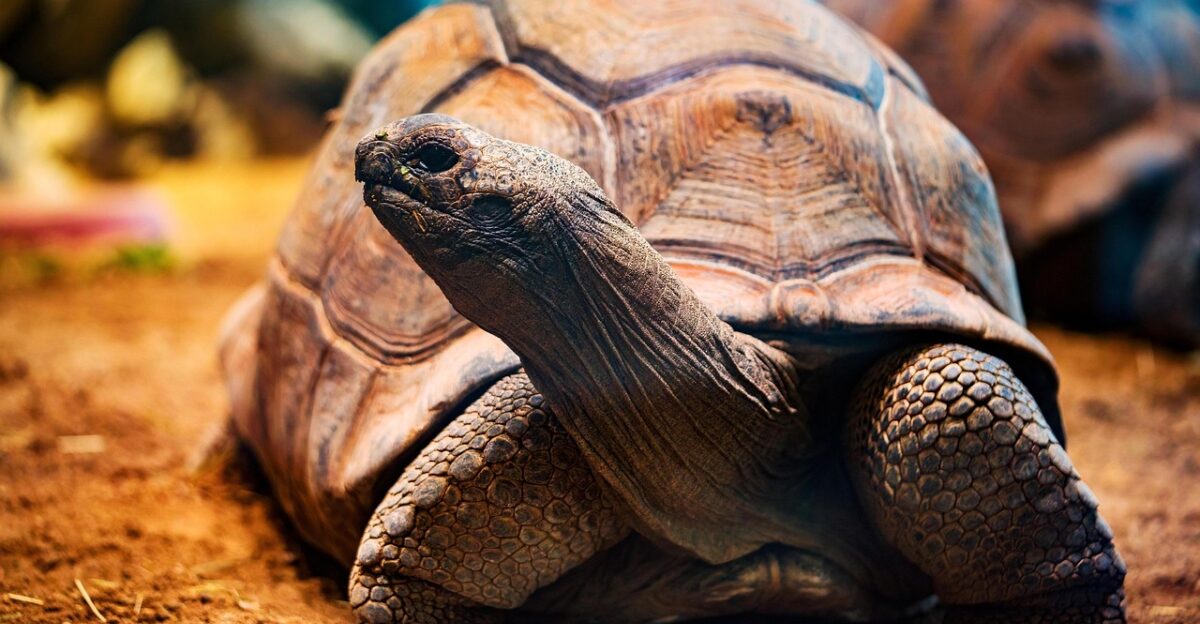
Galápagos tortoises can live 175 years or more. Their slow metabolism and tranquil nature keep stress minimal, while evolutionary adaptations reduce cellular aging. Some have witnessed historic events, including Darwin’s 19th-century explorations. These tortoises embody adaptation, resilience, and survival in challenging ecosystems.
Conservation efforts highlight the importance of habitat protection for long-lived species. Observing them highlights a simple lesson that longevity is often a combination of genetics, lifestyle, and environment. Their measured lives teach patience, continuity, and a deep connection between an organism and its habitat.
9. Red Sea Urchin
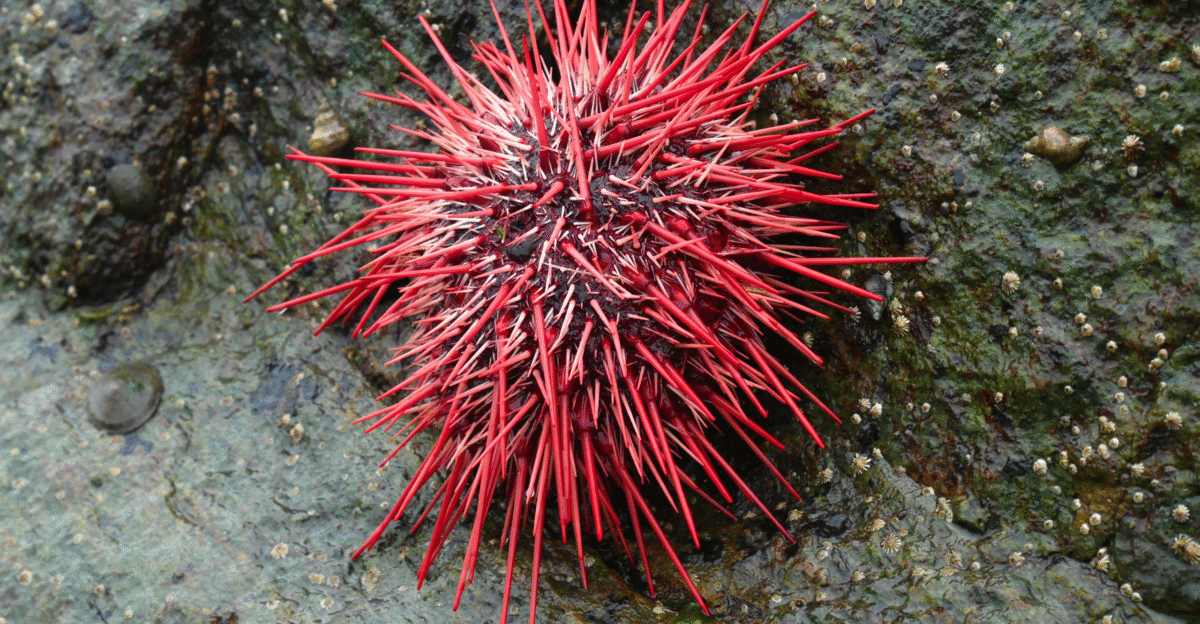
Red sea urchins, Mesocentrotus franciscanus, can live up to 200 years along Pacific kelp forests. Protected by spiny armor and thriving in stable habitats, they grow slowly and evade disease. Remarkably, they remain fertile throughout life, defying typical reproductive aging according to an Ebert study of 2010.
Scientists study them for insights into cellular maintenance, regenerative biology, and longevity. These urchins show that survival does not require speed or aggression but steady growth, defense mechanisms, and environmental consistency. Each prickly elder is a living record of centuries beneath the waves, quietly teaching lessons on resilience and enduring youth.
10. Giant Barrel Sponge
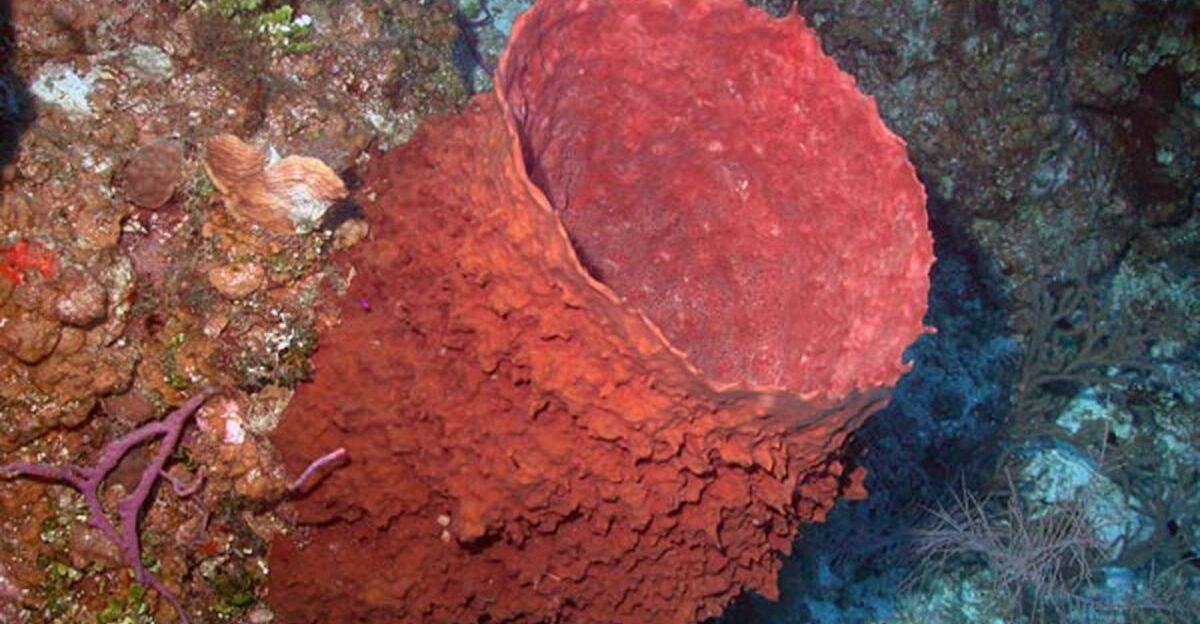
On Caribbean reefs, barrel sponges can live up to 2,000 years. Nicknamed “reef redwoods,” they filter water, anchor ecosystems, and quietly persist through centuries of storms and environmental changes. Their slow growth and robust cellular repair make them living archives of marine life.
Scientists rely on barrel sponges’ longevity to study oceanic history, climate patterns, and reef ecology. Barrel sponges exemplify endurance on a grand scale, showing that life’s impact is often invisible yet profound. They shape ecosystems across generations and offer lessons on resilience, adaptation, and the quiet accumulation of time.
11. Black Coral

Black coral colonies, which can live up to 4,000 years, outlive the oldest trees and survive on deep ocean shelves. Their dark skeletons record shifting currents and chemical histories, providing time capsules for marine scientists. Some colonies existed during ancient civilizations, witnessing millennia of change.
These corals highlight how slow growth, sturdy structures, and environmental protection combine to create extraordinary longevity. They also remind researchers that understanding survival in extreme conditions can inform conservation strategies and reveal patterns in life histories that might otherwise remain hidden beneath the waves.
12. Tuatara
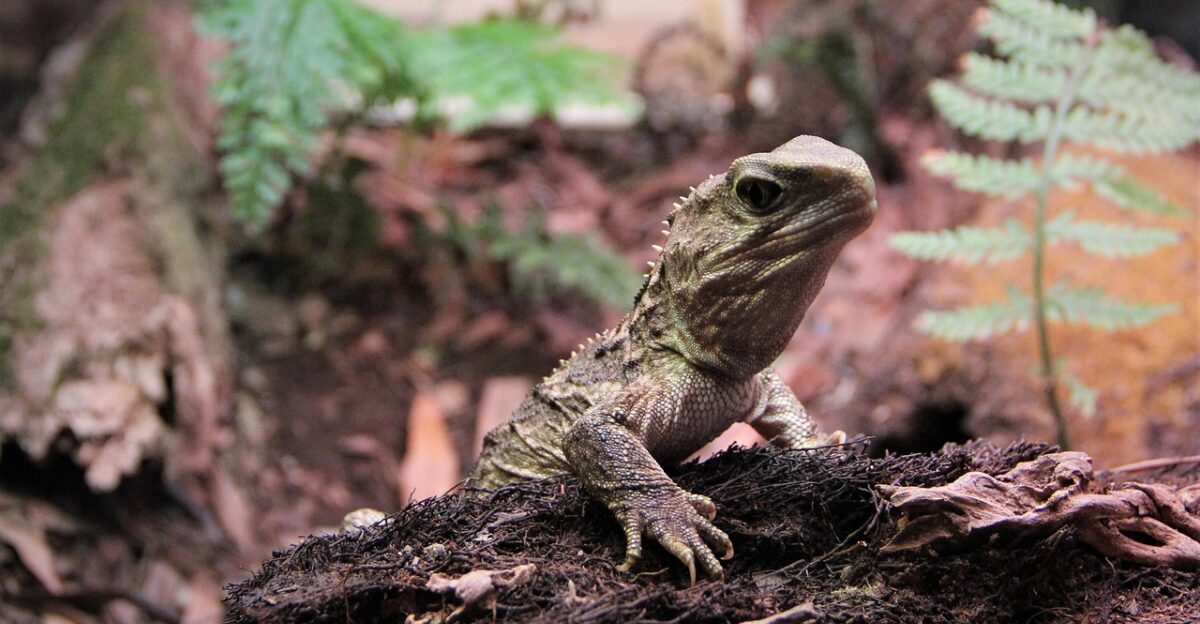
The tuatara, a reptile endemic to New Zealand, bridges the distant past and present. These “living fossils” live over 100 years, retain ancient genetic traits, and develop slowly in protected habitats. Little predation and a stable environment allow them to persist while revealing evolutionary insights predating dinosaurs.
Scientists study tuataras to understand adaptation, resilience, and survival under shifting ecological pressures. Their existence highlights that longevity often comes from genetic heritage, environmental stability, and life strategies honed over millions of years—a living link between prehistoric and modern worlds.
13. Macaw Parrot

Macaws, with vivid plumage, can live 80 years or more, with some reaching 100 in captivity. Their intelligence, social bonds, and strong family ties contribute to long, vibrant lives. These parrots witness multiple human generations, passing behaviors, and cultural traits within flocks.
Scientists study their longevity for insights into brain health, social influence on lifespan, and avian resilience. Macaws remind us that longevity is not just biological but also social, emotional, and behavioral. Observing them connects humans to the value of community, memory, and enduring bonds over decades.
14. Cockatoos
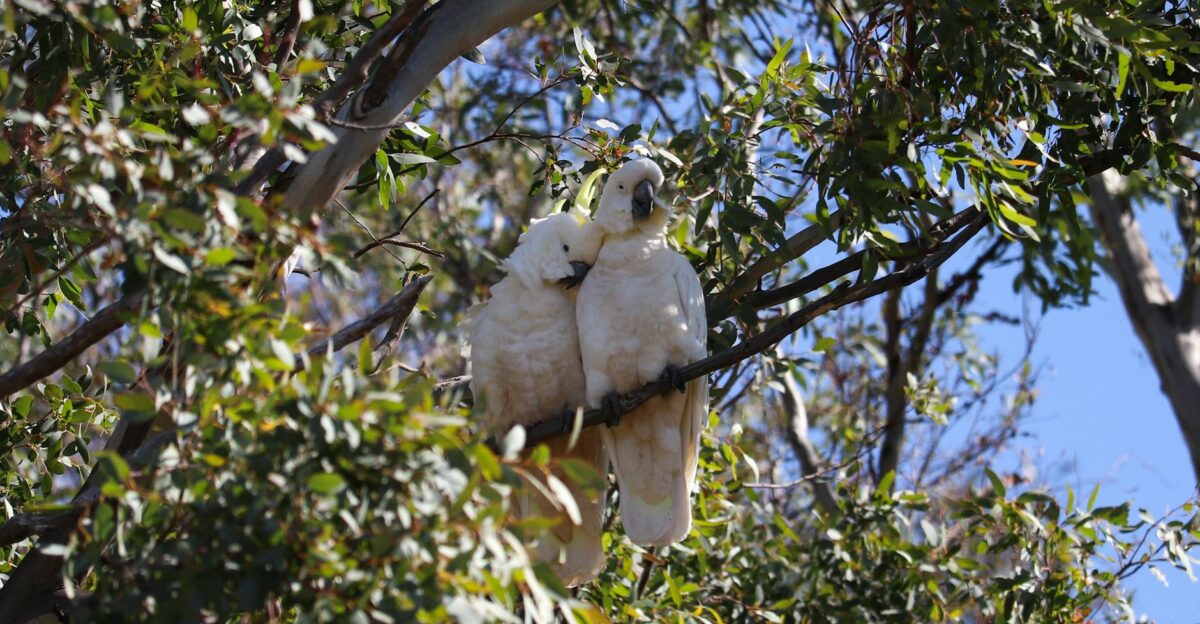
According to a 2017 Forshaw study, cockatoos, famed for their expressive crests and affectionate personalities, live beyond 80 years. Many outlive human caregivers, becoming treasured family elders. Extended lifespans arise from robust genetics, social living, and enriched environments.
These birds demonstrate that emotional and social well-being, not just biology, can influence longevity. For avian enthusiasts, cockatoos are a reminder that extended life is intertwined with care, stimulation, and meaningful connections. Observing them shows how companionship, attention, and engagement can extend life in intelligent, socially complex species.
15. Saltwater Crocodile

Saltwater crocodiles, apex predators of rivers and marshes, have survived for the past 100 years. Centuries-old individuals bear battle scars, evidence of decades of territorial and environmental challenges. Their evolutionary durability provides lessons in survival, adaptation, and prolonged health.
Despite their fearsome reputation, crocodiles embody resilience, longevity, and mastery of environmental pressures. Scientists study them to understand growth, metabolism, and life history strategies.
What Makes Them Last?

Longevity strategies vary from slow metabolism, efficient DNA repair, protective habitats, to evolutionary quirks. Many species combine multiple approaches. Studying these mechanisms offers insights for human medicine, from regenerative biology to disease prevention.
Observing long-lived creatures like whales, tortoises, or sponges allows scientists to understand how environmental stability, genetics, and behavior interact to extend life. Each species teaches a lesson that life can endure when evolution equips it with resilience, careful energy management, and protection against external stressors.
What Can Humans Learn?

Can humans borrow longevity lessons from these animals? Research suggests yes. From bowhead whales’ cancer resistance to jellyfish’s cellular rebooting, these species reveal strategies that could inform human medicine.
Understanding DNA repair, regenerative capabilities, and stress mitigation in other species may one day translate into therapies or lifestyle strategies that slow aging. These animals do not just fascinate; they offer a roadmap to a longer, healthier human life. Nature’s longest-lived beings challenge us to reconsider how we age and whether some of their survival secrets can benefit our species.
The Marvels All Around Us

The world’s oldest animals are not just curiosities; they are living proof that life can be enduring, tenacious, and creative. Each species is a living archive, surviving centuries or millennia, inspiring humans to rethink resilience and the meaning of time. From tiny jellyfish to massive whales, they show that survival comes in countless forms.
Observing these creatures reminds us to cherish every day, respect the rhythms of nature, and marvel at life’s possibilities. Their stories bridge past, present, and future, offering lessons in patience, adaptation, and endurance that transcend our fleeting lifespans.